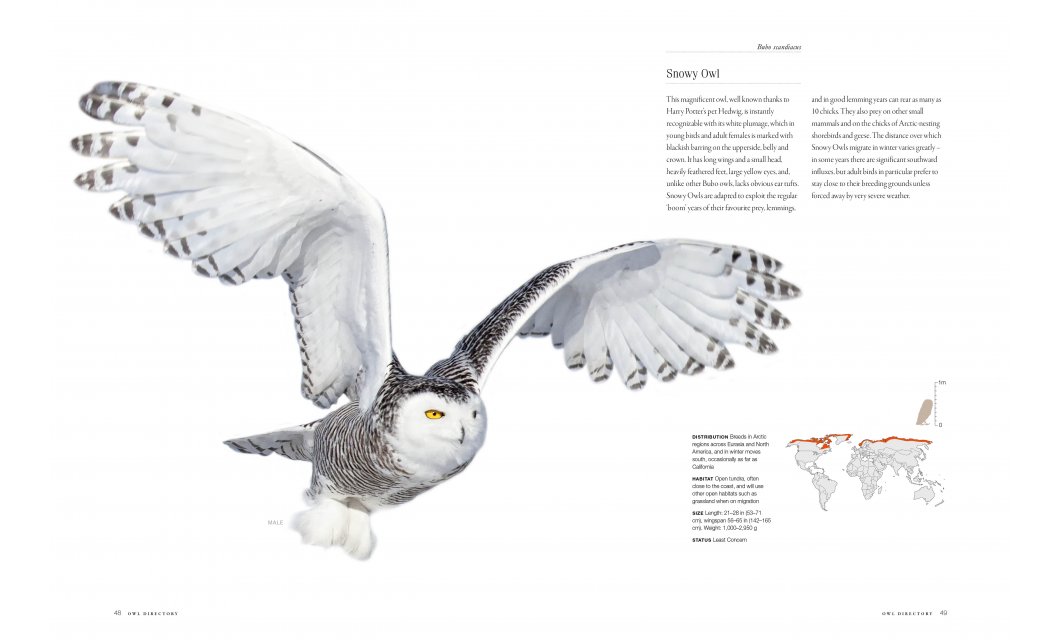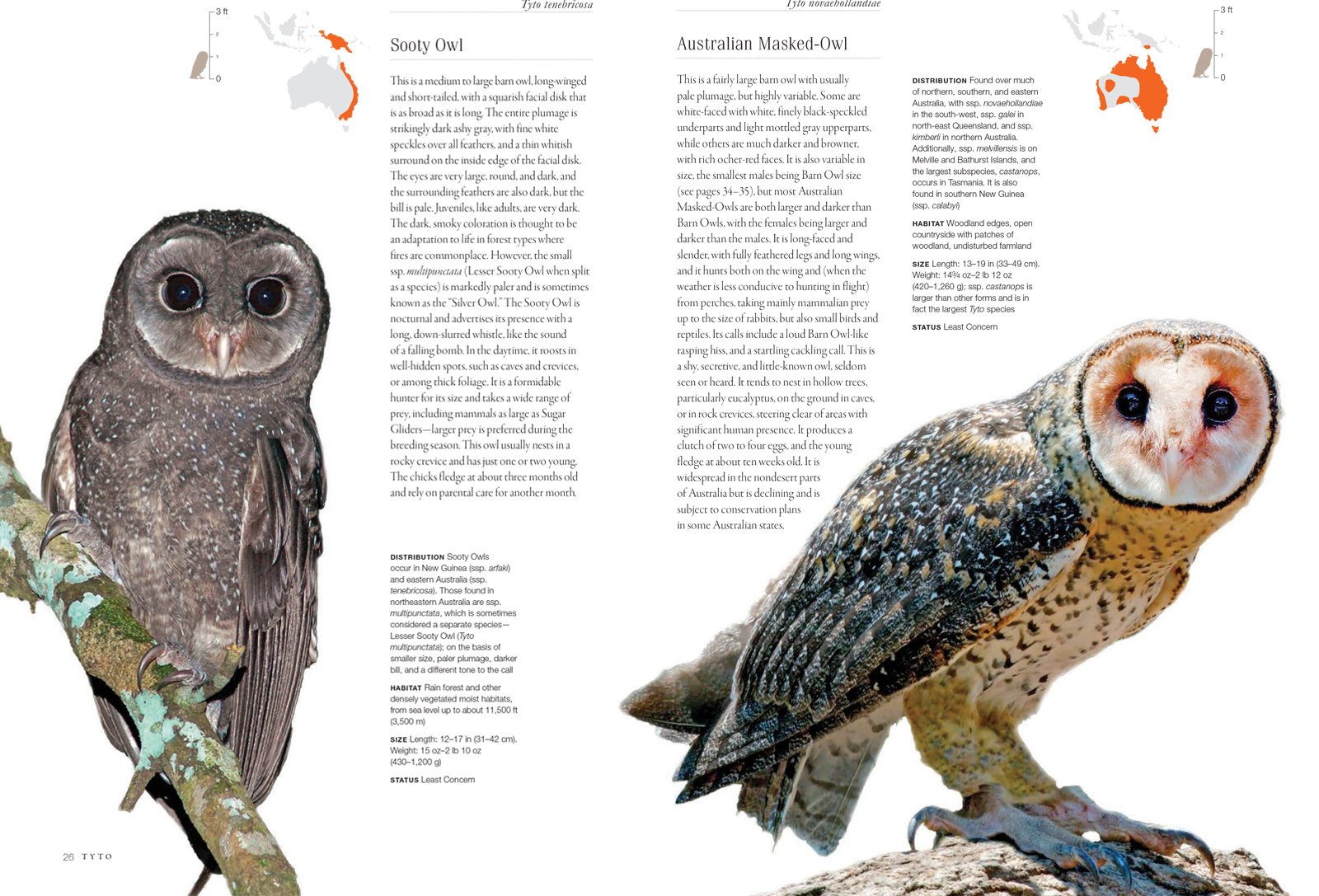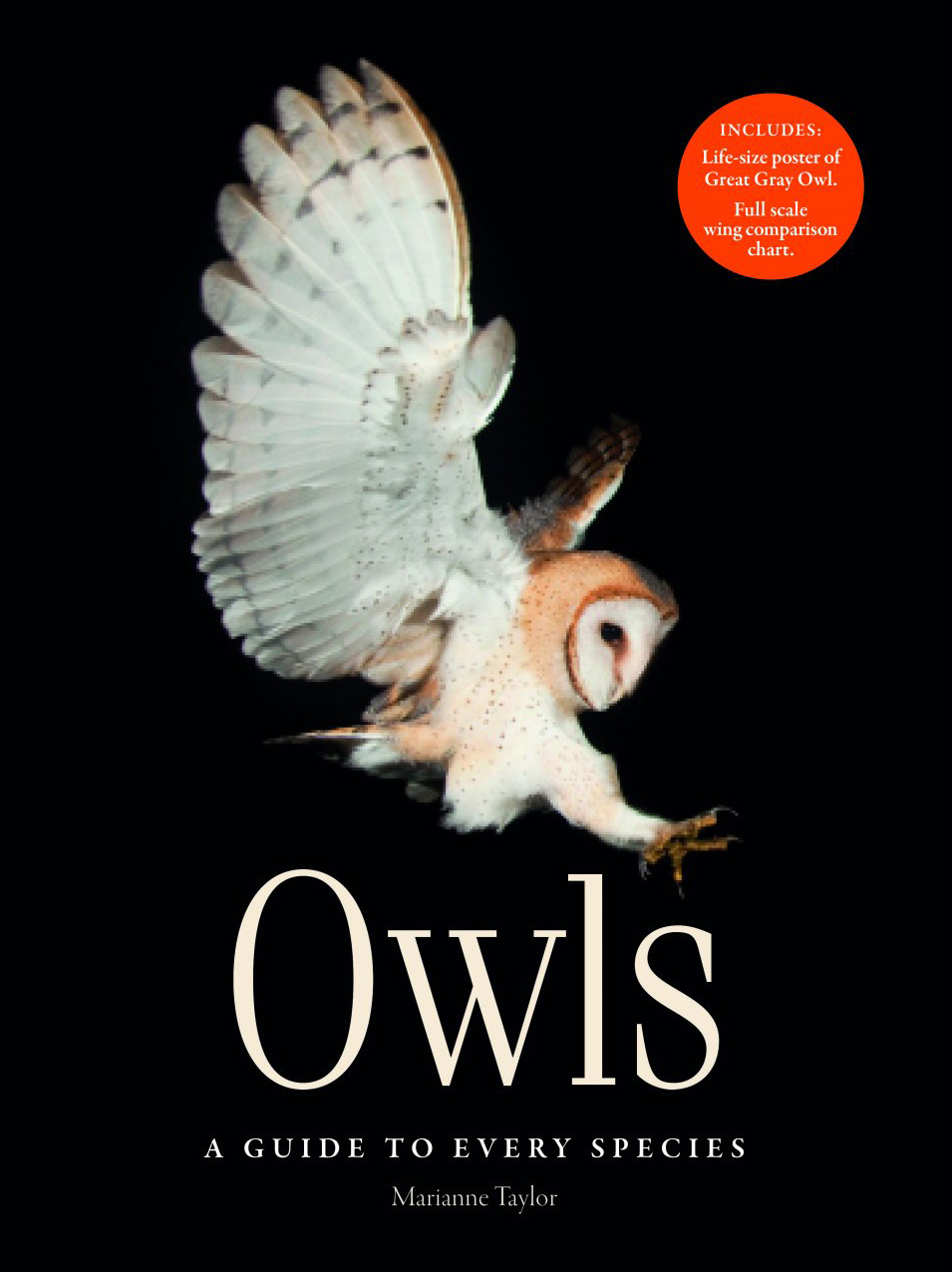Owls: a Guide to Every Species
- Owls: a Guide to Every Species by Marianne Taylor (Ivy Press, Brighton, 2017).
- 256 pages, colour photos, colour and black-and-white illustrations, colour distribution maps.
- ISBN 9781782404040. Hbk, £25.
- Buy your copy from the Bookshop here.
As with so many others, I have long been fascinated by owls. Unlike the great majority of birds, owls are essentially species of the night, and hence less often seen. Their forward-facing eyes give them what we perceive as human characteristics. Probably no other group of birds has been so fundamentally misunderstood or so much the subject of superstition and fancy.
This fascination with owls has resulted in a seemingly never-ending demand for all things owl related, and books are certainly no exception. I’m sure that I am not unique in that owl books far outnumber those of any other bird family on my bookshelves.
This latest addition to the owl library is a large and sturdy coffee-table book that covers all of the world’s 225 owl species. All but 20 of these are given either a full page or a double-page spread, with a large high-quality photograph, a panel of text, range map and additional data on distribution, habitat, size and status. The information included in the text, although generally rather short, is both interesting and up to date with regard to the conservation status and threats posed.
It is a great shame that the remaining 20 species were not illustrated with photographs. A quick online search revealed that photos of 18 of these are available, and one, Asian Barred Owlet, is a common and easily photographed species. Of the other two, I could find no photos of Sandy Scops Owl, and Laughing Owl is almost certainly extinct.
The birds in the photographs have been ‘cut out’ and shown on a white background. Although this is a striking technique, it does occasionally look a bit ragged around the outline of the birds. Of the eight species given double-page spreads, some of the flight photos are really eye catching. Particularly stunning is a photo of Great Grey Owl which really leaps out of the page at you; I would not fancy being a vole and seeing that face approaching.
A fascinating feature at the end of the book is a large, four-page-long fold-out that shows pen-and ink-drawings of four species’ wings to scale. None of the owl books have tried this before. It really works and gives a true impression of scale, particularly that of Great Grey Owl.
All in all, this is an enjoyable book, and if you are looking for a present for any lover of owls, I am sure this would be a well-appreciated gift.




